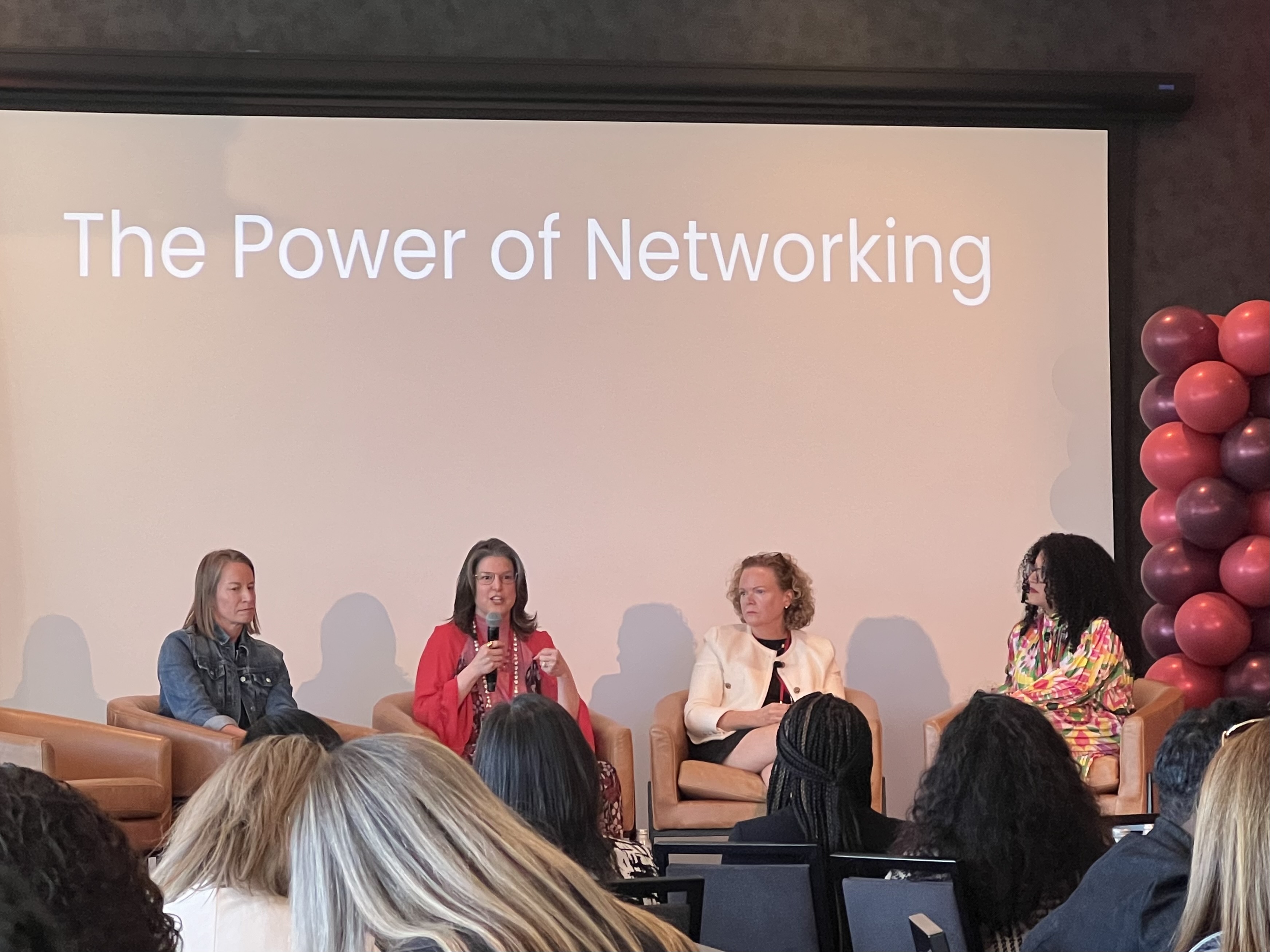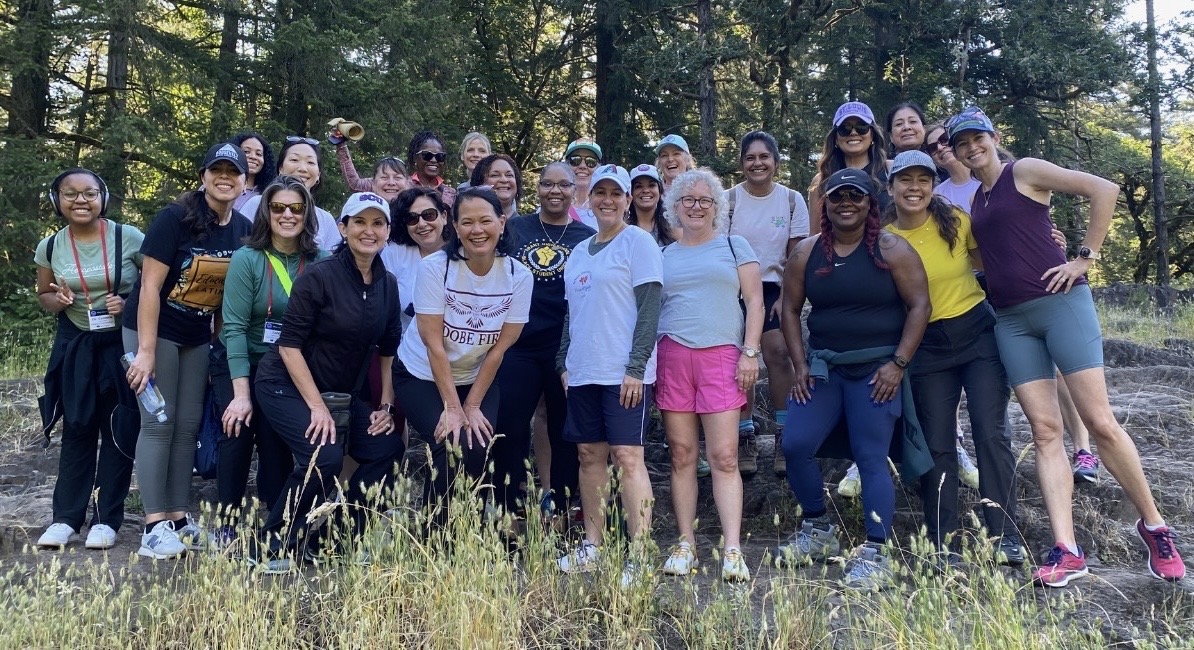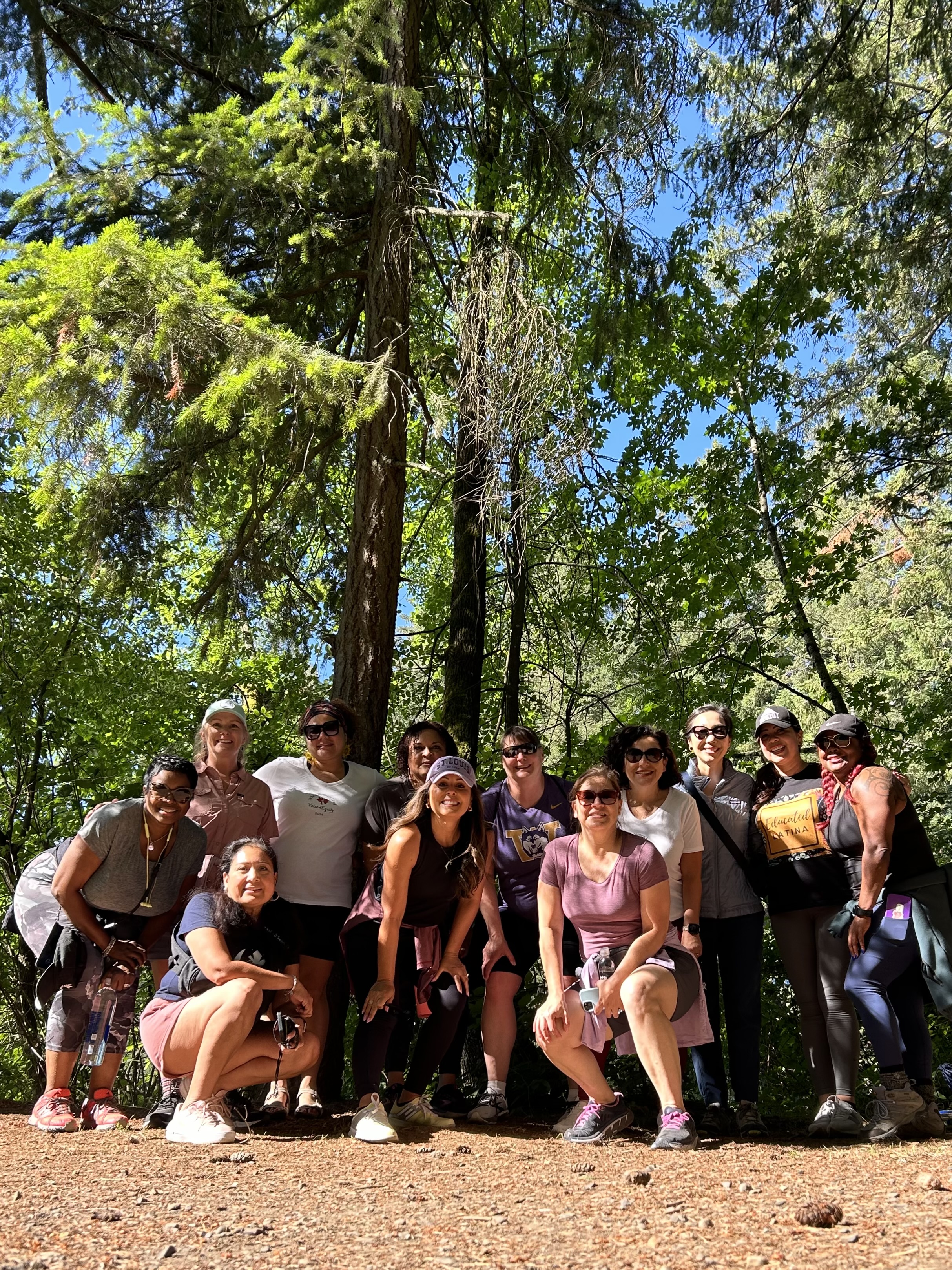Technology in Education: Looking to the Future
Takeaways from When Women Lead Summit 2024
Created by women for women, When Women Lead (WWL) is a unique national education summit that focuses on executive leadership, equity policy, and digital inclusion. This year, the Summit took place over three days, during which time I was able to make meaningful connections with women in the industry and receive inspiration on how to utilize new technologies in my own work. I also got to listen to women talk about their dreams of opening their own schools or coaching fellow education leaders and came away feeling hopeful for the future.

Embracing New Technologies
With the proliferation of generative artificial intelligence (GenAI), one of the most exciting parts of WWL for me was learning new ways to utilize the tool to enhance my own work. This included the ability to:
Summarize learnings: Many AI tools can help you take notes during meetings and trainings, but what I found particularly helpful was putting the notes I took myself into GenAI to provide an overall summary of the lessons I learned. The program aligns to any summary framework you request and can give you as few or as many key takeaways as you’d like to help you implement your learnings moving forward.
Free up time: There are only so many hours in a day and, for educators, the most important and rewarding way to spend time is by engaging with students, teachers, and the communities. Utilizing GenAI to take care of some of the more “mundane” tasks, including the first draft of letters, emails, and grant proposals, and even using it to create promotional items like bumper stickers, can help free up time for what really matters.
Refine work: Whether you’re writing for one person or many people, tone matters. GenAI can help you adjust your writing to the correct tone and even suggest where to cut words or phrases to meet word count limits.
Despite all its “pros,” there are still many challenges with GenAI. To help remedy this, we engaged in a Lightning Decision Jam—a group exercise for problem solving—during the Summit to turn our challenges into “how might we…?” solutions. This provided us with the opportunity to reframe our concerns into actionable insights. For example, while data privacy concerns restrict what we can do with GenAI, we were able to shift that concern to look at “how might we” create policy and guidelines for teachers and students to use it safely. We also used this framework to consider “how might we” engage with private companies to support our work to face resource constraints and “how might we” train people on defining prompts and reviewing results to avoid bias.
While there is still a long way to go with GenAI, the three days I spent at WWL inspired me to do the work to embrace GenAI within my own professional journey and I’m looking forward to further developing my skills to improve the experience of students and educators alike.


Connect with Dr. Cano on LinkedIn to receive more frequent insights from her or share your own suggestions for how to use GenAI in education.
